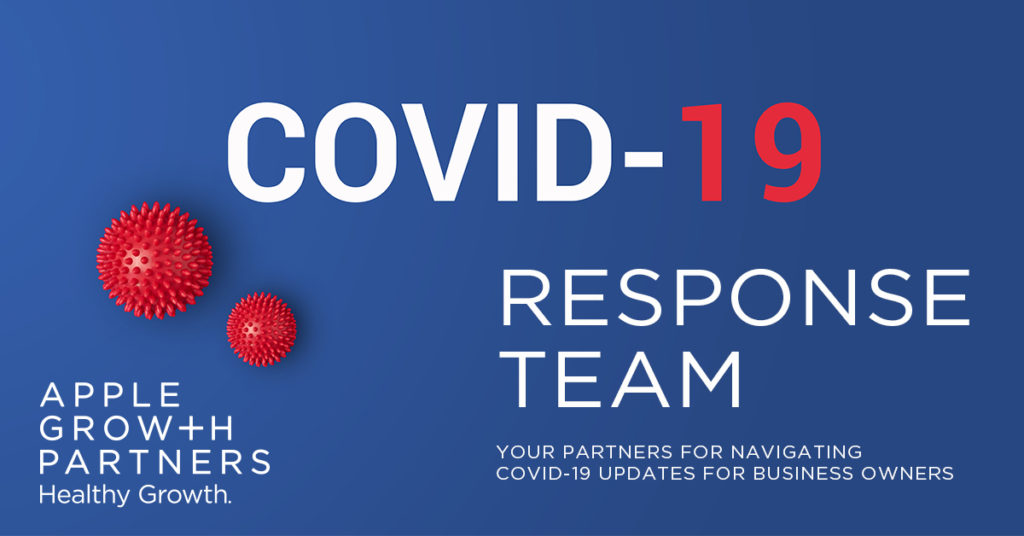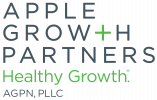
The SBA PPP and Sole Proprietors, Independent Contractors, and Partners: Guidance is Here Now
April 16, 2020
If you’re one of the above, you’re either sweating through getting that critical SBA Loan # (as funds reportedly are drying up), or you have the money and you’re wondering how the forgiveness aspects relate to you. Welcome to Confusion 101….a law that was written for corporations, partnerships and nonprofits but applies to just about anyone “in business.” Fortunately, some answers to those pesky questions for Sole Proprietors, Independent Contractors and Partners were issued last night by the SBA. Here is the official notice, with our closing thoughts bringing it home at the end.
Paycheck Protection Program – Update 4/15/2020
SBA issues addendum dated 4/14/2020 to Interim Final Rule 1 (IFR1) covering Sole Proprietors (SP), Independent Contractors (IP) and Partnerships.
Partnerships
Partners in partnerships cannot apply for PPP loans. The partnership applies and includes the partners.
- Includes self-employment income (SEI) of general
active partners up to $100K annualized. No specific guidance given to
guaranteed payments.
- AGP assumes SEI relating to guaranteed payments and to active members in LLCs is included.
Sole Proprietors and Independent Contractors
Eligibility:
- In operation on February 15, 2020;
- Had self-employment income;
- Principal place of residence is in the US; and
- Filed or will file a Form 1040, Schedule C.
Maximum loan amount for SPs/ICs with no employees:
- Start with schedule C for 2019. It must be completed before loan application can be submitted as it is required to be submitted with the loan application.
- Cap net profit at $100,000, divide by 12, and then multiple by 2.5.
- Add any outstanding EIDL loans made between January 31, 2020, and April 3, 2020, and subtract any grant ($10,000 or portion thereof) received.
- Do not include health benefits, retirement benefits or state and local taxes on income.
You are required to attach Forms 1099-MISC detailing non-employee compensation (box 7), invoices, bank statements, or books of record that establish self-employment in 2019 and on February 15, 2020. (Medical practices do not need to include Forms 1099 – MISC Medical Payments – Box 6)
Maximum loan amount for SPs/ICs with employees:
- Same as above for the owner
- Add normal calculation for employee wages
- Cap at $100,000
- Add health insurance
- Add retirement benefits
Allowable uses of loan proceeds:
- Owner compensation replacement, calculated based on
2019 net profit
- Maximum is $15,385 over eight weeks (based on $100,000 annualized)
- Employee payroll costs
- Mortgage interest payments (excludes mortgage prepayments or principal payments) on any business mortgage obligation on real or personal property (interest on a truck loan use for business purposes
- Business rent payments
- Business utility payments
- Interest payments on any other debt obligations that were incurred before February 15, 2020 (these amounts are not eligible for PPP loan forgiveness).
- Refinancing an SBA EIDL loan made between January 31,
2020, and April 3, 2020, (maturity will be reset to PPP’s maturity of two
years):
- If you received an SBA EIDL loan from January 31, 2020, through April 3, 2020, you can apply for a PPP loan.
- If EIDL loan was not used for payroll costs, it does not affect your eligibility for a PPP loan.
- If your EIDL loan was used for payroll costs, your
PPP loan must be used to refinance your EIDL loan.
- Proceeds from any advance up to $10,000 on the EIDL loan will be deducted from the loan forgiveness amount on the PPP loan.
You must have claimed or be entitled to claim a deduction for all such expenses on your 2019 Form 1040, Schedule C for them to constitute a permissible use during the eight-week covered period. For example, if you did not claim or are not entitled to claim utility expenses on your 2019 Form 1040, Schedule C, you cannot use the proceeds for utilities during the eight-week covered period.
Amount eligible for forgiveness:
The amount eligible for forgiveness includes the full principal amount of the loan plus accrued interest. The actual amount will depend, in part, on the total amount spent over the covered period on:
- Payroll costs including salary, wages, and tips, up to $100,000 of annualized pay per employee (for eight weeks, a maximum of $15,385 per individual), covered benefits for employees (but not owners), including health care expenses, retirement contributions, and state unemployment taxes
- Owner compensation replacement,
calculated based on 2019 net profit, with forgiveness of such amounts limited
to 8 weeks 2019 net profit (8/52)
- Excludes any qualified sick/family for which a payroll tax credit was/will be claimed in 2020 under FFCRA;
- Payments of interest on business mortgage obligations on real or personal property incurred before February 15, 2020, to the extent they are deductible on Form 1040, Schedule C);
- Rent payments on business lease agreements in force before February 15, 2020, to the extent they are deductible on Form 1040, Schedule C
- Business utility payments under service agreements dated before February 15, 2020, to the extent they are deductible on Form 1040, Schedule C (business utility payments).
Necessary documentation:
In addition to the borrower certification required by SBA Loan Application Form 2483, the following documentation is required to substantiate forgiveness:
- If you have employees, you should submit Form 941 and state quarterly wage unemployment insurance tax reporting forms or equivalent payroll processor records that best correspond to the covered period (with evidence of any retirement and health insurance contributions).
- Whether or not you have employees, you must submit evidence of business rent, business mortgage interest payments on real or personal property, or business utility payments during the covered period if you used loan proceeds for those purposes.
- The 2019 Form 1040, Schedule C that was provided at the time of the PPP loan application must be used to determine the amount of net profit allocated to the owner for the eight-week covered period; 2020 information cannot be used
Winston Churchill once said this about the PPP (or maybe it was Russia): “It is a riddle, wrapped in a mystery, inside an enigma; but perhaps there is a key.” These are indeed confusing times, especially when you are navigating laws written for a pandemic we hadn’t even heard of a few months ago. Be sure to reach out to us through one of the many avenues of communication we have at AGP, we are here to help you.
Apple Growth Partners’ published material provides general coverage of its subject area and is presented to the reader for educational purposes based on the most current regulatory information available at the time it was written. All communications, whether written or oral should be reaffirmed prior to the submission of any application. All information in this published material and on our website is provided in good faith; however, we make no representation or warranty of any kind, express or implied, regarding the accuracy, adequacy, validity, reliability, availability, compliance with any law (federal, state or local) or professional standard or completeness of any information. We assume no responsibility to any recipient of this material to correct or update its contents for any reason, including changes in any law or professional standard. It is not intended to be audit, tax, accounting, advisory, consulting or investment advice. The information in this article is also not a substitute for legal advice and may not be suitable in a particular situation. Consult your attorney for legal advice.
Our articles, other published materials and website occasionally contain links to other web pages. Links to organizations and government agencies are provided as a convenience to our readers. The firm does not endorse and is not responsible for any third-party content that may be accessed from its website and does not recommend or endorse the use of any third-party’s services. The links are to be accessed at the user’s own risk, and the authors of this website make no representations or warranties about the content of these links.

